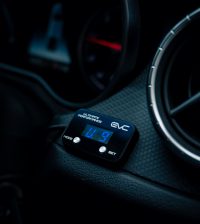How Electronic Throttle Control Systems Work
Electronics began appearing in Holdens and Fords in the mid-80s. Until then huge carburettors bulged in the hoods of big V8s. Everything was done mechanically, including how much fuel and air the carburettor mixed when a mechanical cable from the accelerator pedal opened or closed the throttle body. All that has changed and every car sold new today (with an ICE anyway) uses advanced electronic systems, not just how the car accelerates, but a multitude of interconnected electronic networks working to bring more speed, increased safety and traction, better fuel consumption, and of course faster reaction times. You get more usable power by using less fuel. One of these systems is the electronic throttle control.
Contents
What is Electronic Throttle Control?
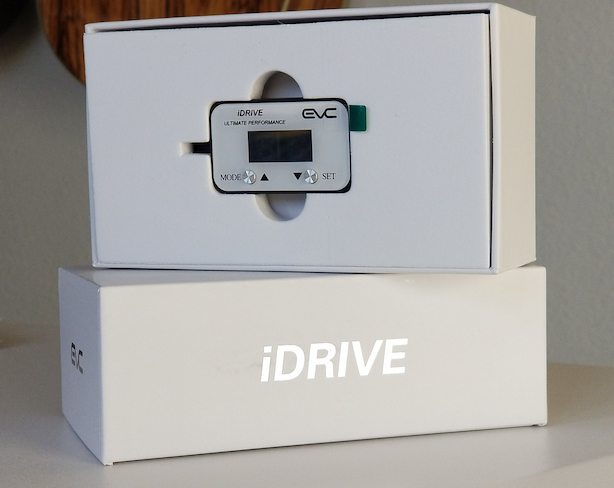
An electronic throttle control system is a fly-by-wire (read high-tech) system that replaces traditional cable-actuated throttle bodies. It functions by reading the input from different sensors to precisely adjust just how much fuel and air are mixed for combustion, and how fast the car accelerates when you press down the pedal. Compared to older cable units, an electronic throttle control system provides for more accurate reaction times when accelerating, and allows for other speed-related and safety systems to function flawlessly. Cruise-control and traction control give drivers both greater confidence in varying driving conditions, meaning increased safety and comfort.
How does an Electronic Throttle Control System Work?
In older cars, when you press the acceleration pedal, a cable actuates the throttle blade (also called a butterfly valve) in the throttle body, and the throttle body opens. When you ease off the pedal, a spring makes it close. In electronic systems, there are no cables. Instead, sensors in the lining of the pedal generate signals that they send to the car’s ECU as to how far down the pedal is pressed from its original position. The ECU uses the information to send a control signal to an electronic in the throttle body that adjusts the position of the butterfly valve. Sensors in the throttle send signals back to the ECU to ensure that the throttle is in the correct position.
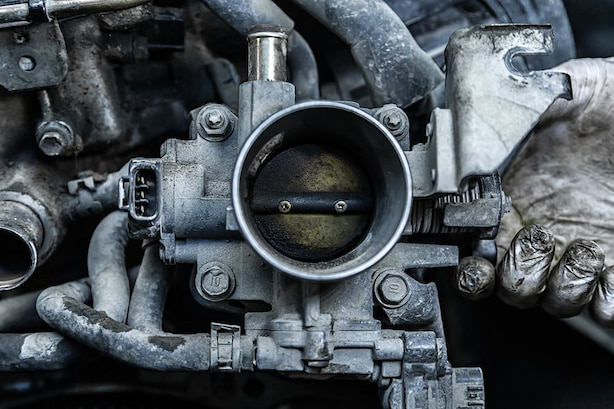
An advantage of electronics regulating how the car drives are that the information is shared between different systems. ECUs interpret the readings from different sensors to warrant maximum safety. Electronic throttle control systems have built-in safety features, meaning any discrepancy in signals turn the car into safe mode and you’ll have a warning light flashing in the instrument cluster.
Benefits of Aftermarket Electronic Throttle Control Systems
Installing an aftermarket electronic throttle control benefits your car in several ways. First is that these provide for more accurate sensor readings, and accordingly adjust the throttle. You get just the right amount of push. Second, there are incremental levels of adjustment, again providing for more precision, and smoother and more linear acceleration. If your car has a turbo, either petrol or diesel, there’s a smoother transition as to when the turbo kicks in. No awkward pushes and pulls in abrupt rev changes. Lastly, many manufacturers of electronic throttle control systems incorporate different driver modes that either mimic or enhance the standard modes in the vehicle. Control is improved in each mode, and you get a better feel as to what the wheels are doing.
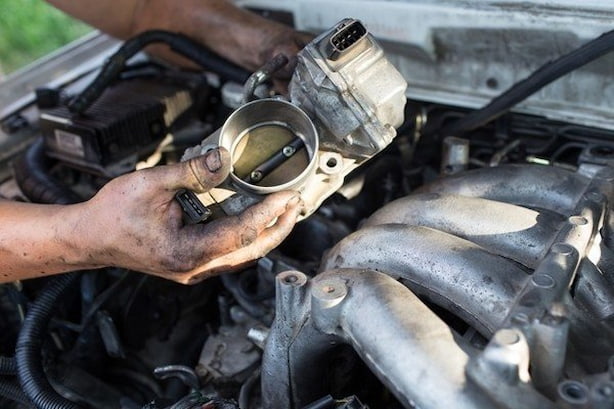
Electronic Throttle Control Modes
An aftermarket electronic throttle control system has various modes suitable for varying driving conditions. The throttle response, or the time it takes for the car to accelerate after getting feedback from the driver when the acceleration pedal is depressed, can either be sped up or slowed down. Different modes help here. Most controllers have a performance mode, also called an ultimate or sport mode depending on the brand. This can be used to reduce throttle lag. You can dial the throttle control into the highest mode to get the best and fastest throttle response. If this is too brisk, you can set it to the position you’re most comfortable with. Some controllers have up to 10 individual adjustments. Better throttle response also means quicker shifting in auto boxes.
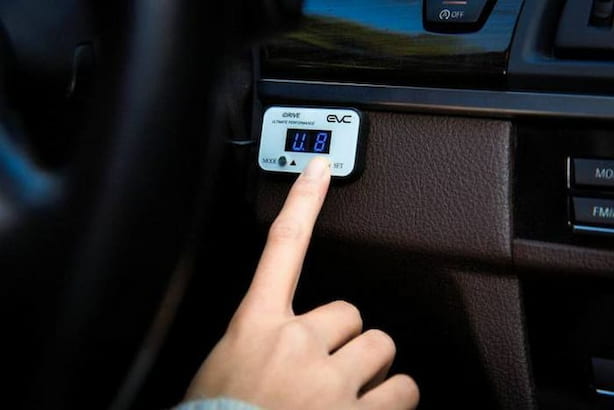
Other modes do something different. Economy or Eco modes actually delay the throttle response. This means the car accelerates a little later. Eco modes are good for numerous situations where too much acceleration can lead to an unwanted situation or hazard. For instance, when driving a 4WD along beaches, too much wheel spin can dig into the sand and get you stuck. Moderate throttle, with the mode set to Eco will prevent this. Also, eco mode is good when in slow-moving traffic to reduce overall fuel consumption. By optimising the throttle response to the driving situation, you save money.
Most controllers can be set to Auto, which analyzes how you drive and automatically adjusts how responsive the throttle is. Good if you want to concentrate on driving and let the controller do all the complicated maths for you. Your car will be quick to pick up speed when needed or the throttle can be tamed in difficult terrain or uneven roads.
Throttle controllers are small units that are installed quickly and easily. They are cheap ways to get a little more performance out of your car when you press the pedal down. Also, an electronic throttle control system enhances driving safety and can save you a few dollars at the servo.

